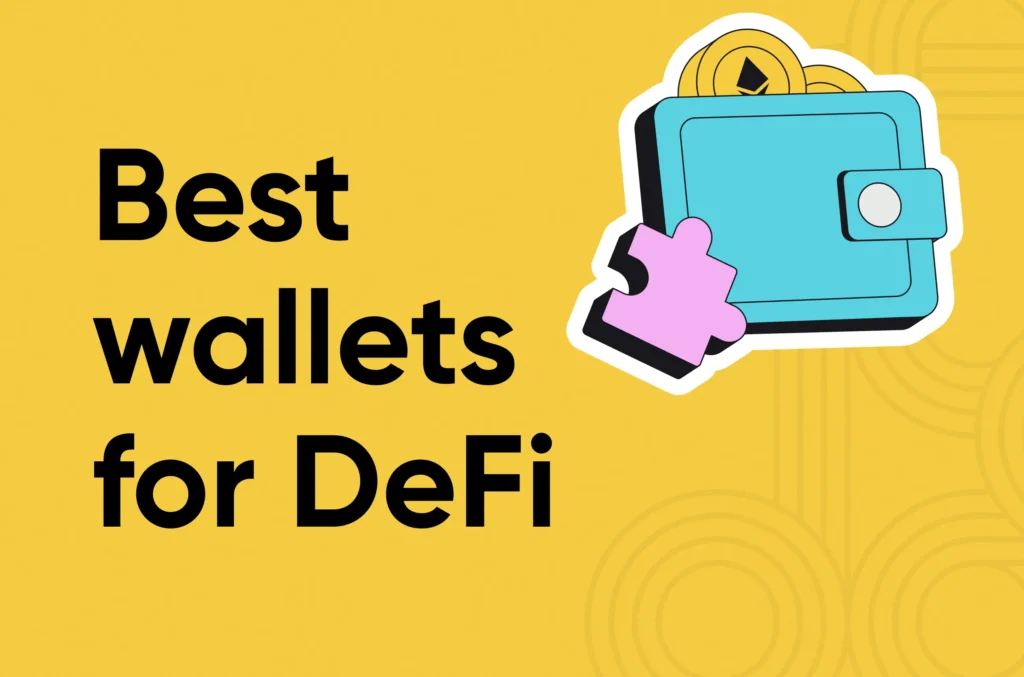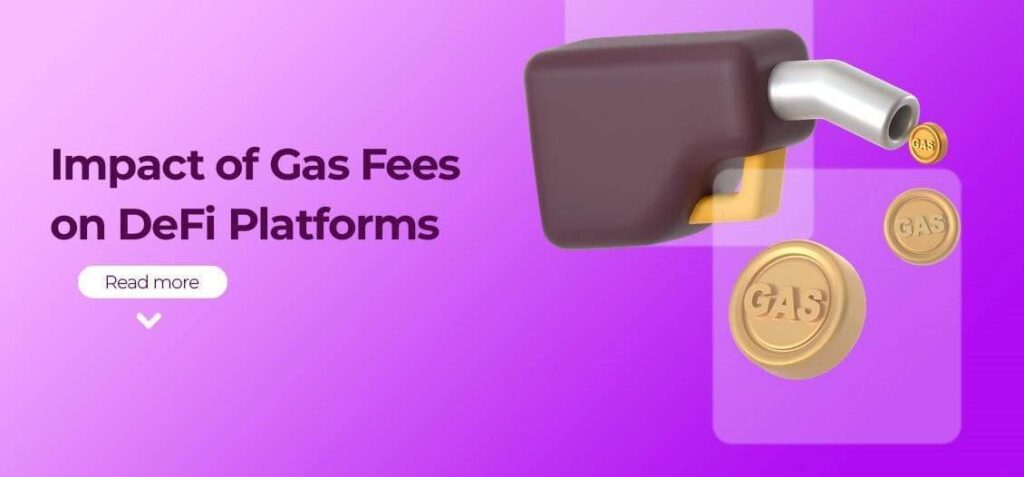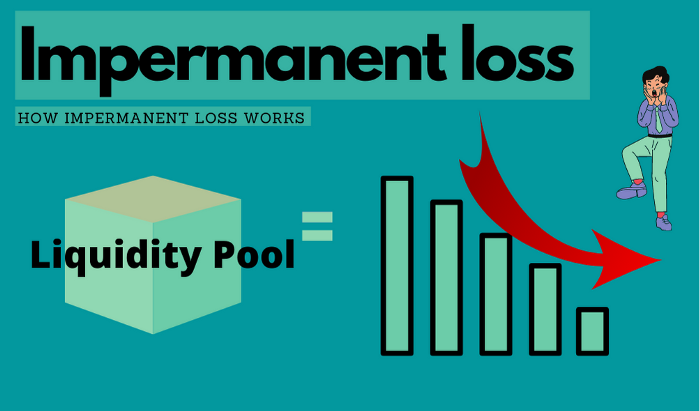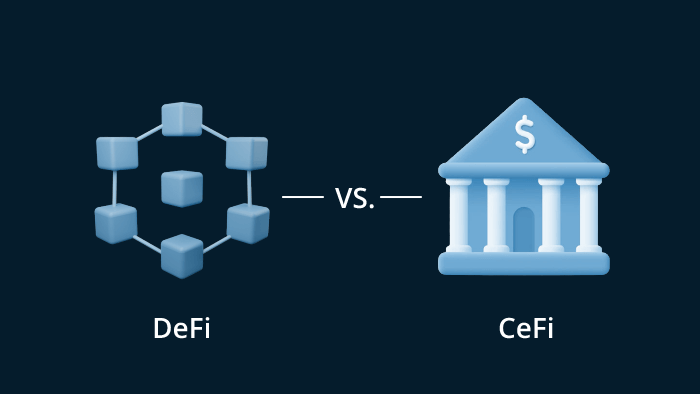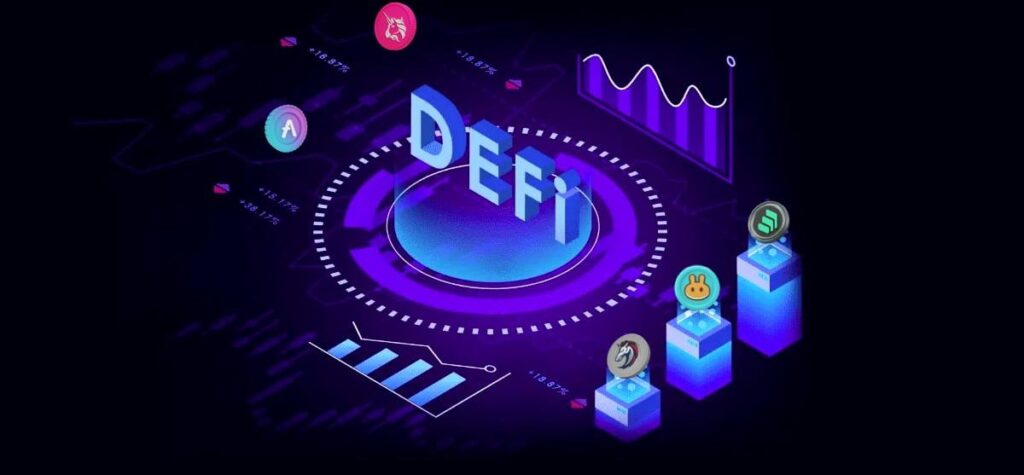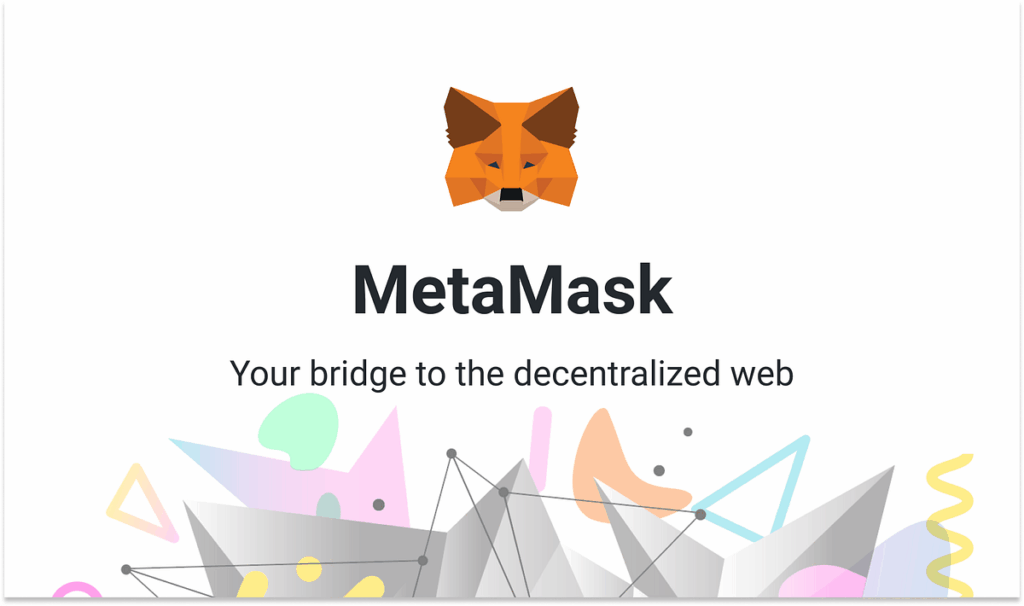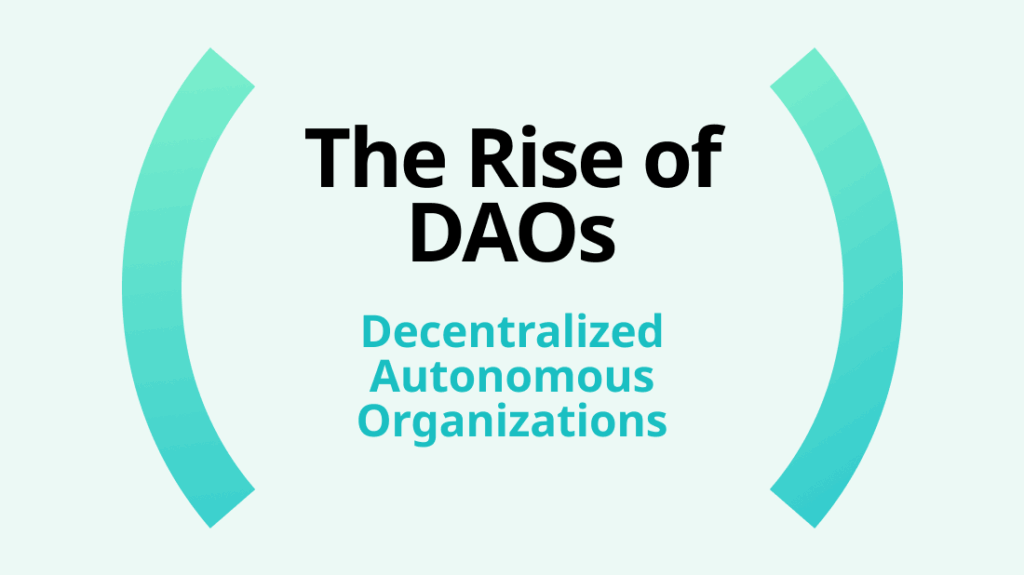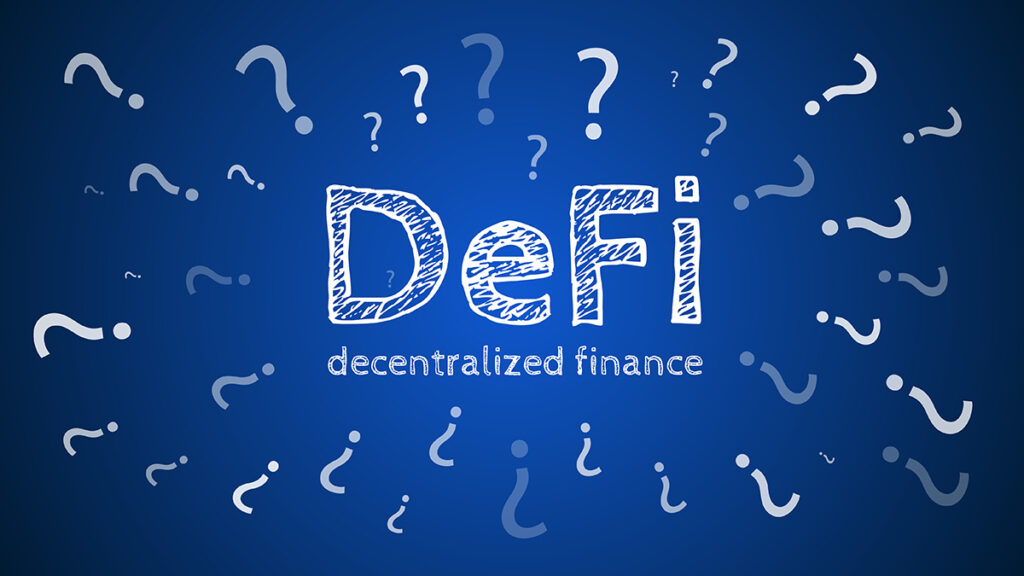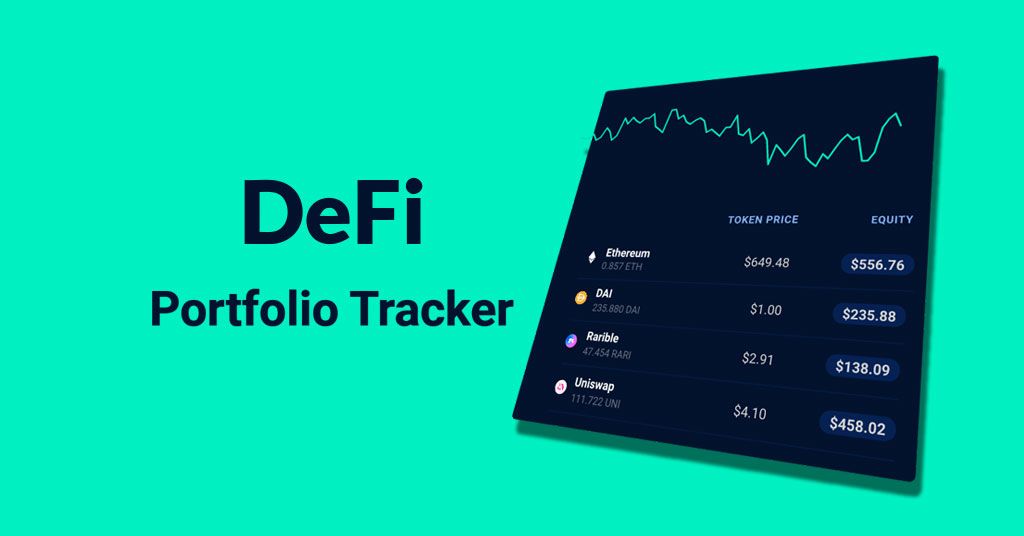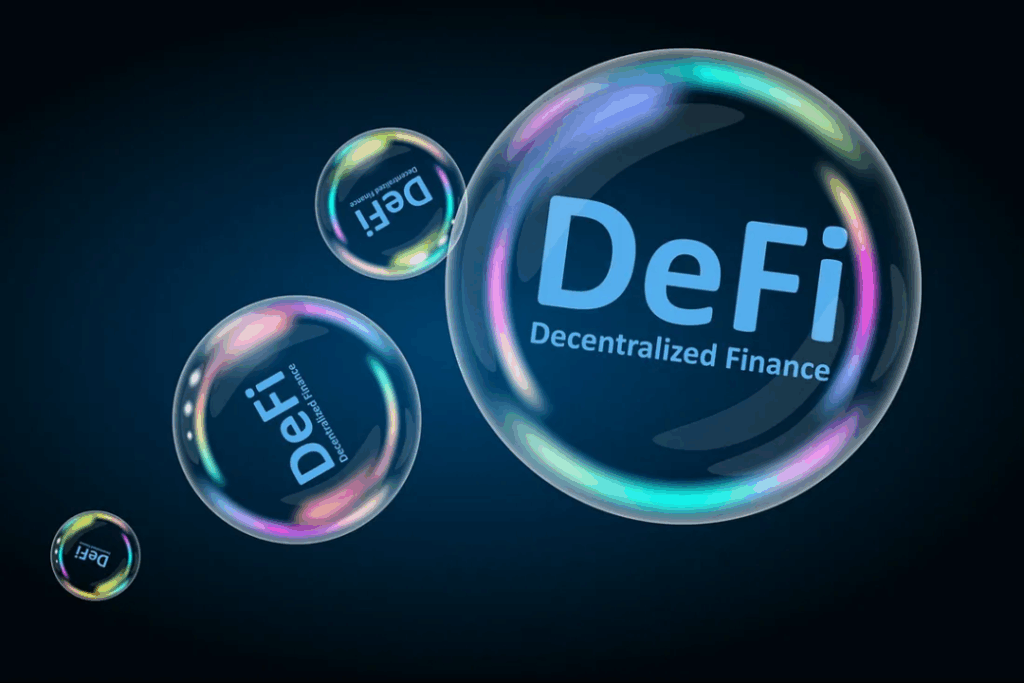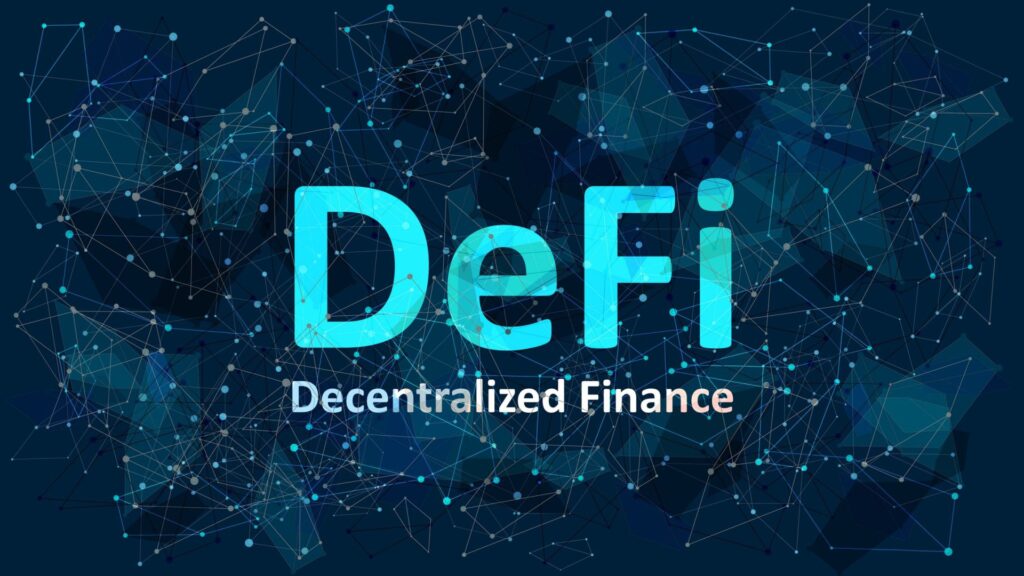The Looming Regulatory Storm Over DeFi Platforms
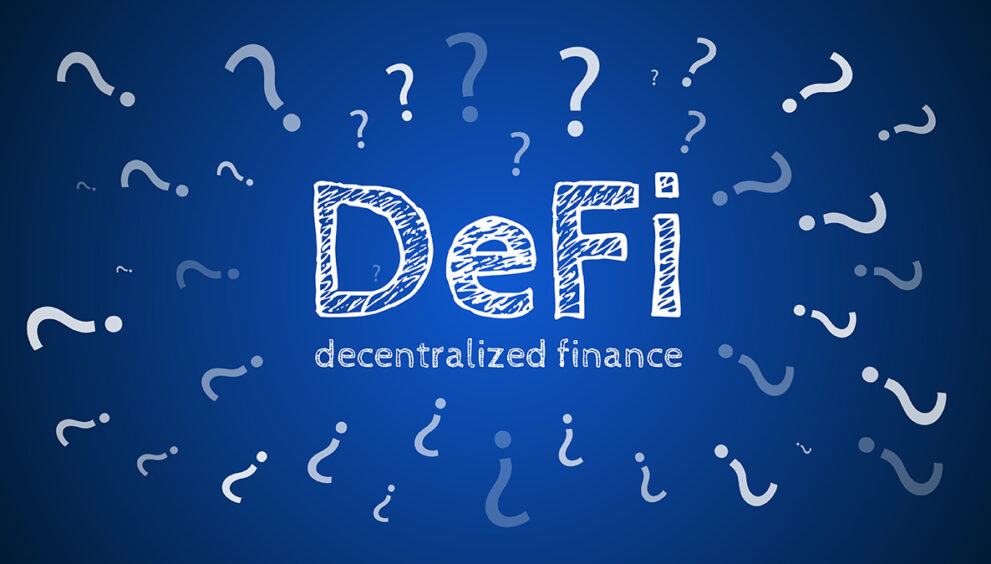
Let’s be honest. Regulation and crypto have always had this awkward dance. One side’s blasting house music (DeFi, with its wild innovation and “code is law” vibes), while the other’s moving to something like a government orchestra (slow, rigid, rule-heavy). They’re on the same dance floor but rarely in sync.
DeFi (Decentralized Finance) has exploded in the last few years. Billions are locked in protocols that let people borrow, lend, swap, and stake without a bank in sight. It feels futuristic, right? But here’s the deal: governments aren’t just gonna sit back while financial systems rebuild themselves on-chain. And that’s where regulatory risks come in.
The Foggy Laws Around DeFi
One of the biggest risks isn’t even strict regulation – it’s the lack of clear regulation. Most countries still haven’t spelled out what’s legal and what’s not when it comes to DeFi. That uncertainty? It’s like driving without street signs. You can move fast, but one wrong turn and you’re in trouble.
Take the U.S. for example. The SEC has hinted that some tokens could be securities, but what about governance tokens? Liquidity pool rewards? The gray areas are massive. Europe’s new MiCA (Markets in Crypto-Assets) framework is a start, but even that doesn’t neatly fit DeFi’s decentralized, borderless nature.
So, protocols are left guessing. Are they compliant? Are they breaking laws without realizing it? Nobody’s totally sure.
KYC and AML: The Compliance Clash
Let’s talk about KYC (Know Your Customer) and AML (Anti-Money Laundering). Traditional finance runs on these rules. Banks need to know who you are, where your money comes from, and report suspicious activity. DeFi? Well, it’s built on anonymity. You connect a wallet, sign a transaction, and you’re in.
Regulators hate that. They worry about criminals using DeFi for money laundering or terrorist financing. And they’re not wrong to be concerned – there have been hacks and shady transfers moving through protocols.
But here’s the catch: forcing strict KYC on DeFi breaks the whole point of decentralization. Imagine a DEX like Uniswap asking you for your passport before a swap. That defeats the whole ‘permissionless’ idea. Some platforms are experimenting with ‘light’ KYC or identity attestations through blockchain-based IDs, but honestly, it’s a messy compromise.
The Liability Question
Here’s something a lot of people don’t think about: who’s responsible when things go wrong? In traditional finance, if a bank messes up, there’s an institution, a CEO, and a legal entity regulators can drag to court. DeFi protocols are often governed by DAOs (Decentralized Autonomous Organizations) spread across the globe. Sometimes, the developers are anonymous.
So, when billions vanish in a hack (and let’s face it, hacks are part of DeFi’s story), who does the regulator hold accountable? The devs? The DAO voters? Token holders?
This uncertainty itself is a risk. Regulators may decide to go after anyone connected – core team members, even random governance token holders. It’s scary because the rules aren’t written yet, but the potential liability looms large.
Cross-Border Chaos
Another downside: DeFi doesn’t care about borders. A protocol deployed on Ethereum is accessible anywhere, by anyone. That’s powerful, but it’s also a nightmare for regulators.
Imagine someone in Argentina using a protocol built by devs in Singapore, audited by a firm in Switzerland, and funded by U.S. investors. Which country’s laws apply? All of them? None of them? This is where regulation starts looking like a tangled spiderweb.
And let’s not forget – some governments don’t like financial competition. If DeFi grows too big, regulators could flat-out ban it in their jurisdictions. China has already banned most crypto-related activities. Other countries might not go that far, but they can restrict access through banks, payment processors, and exchanges.
The ‘Shadow Banking’ Label
There’s also the narrative risk. Regulators see DeFi as ‘shadow banking’ – financial activity happening outside their oversight. And whenever something’s labeled ‘shadow’, it tends to invite harsh crackdowns.
If a major DeFi collapse hurts retail investors (think Terra/Luna vibes but bigger), expect headlines screaming for action. And regulators love to act after a disaster. That knee-jerk reaction could mean rushed rules that suffocate innovation.
Possible Paths Forward
Okay, enough doom and gloom. Is there a middle ground? Maybe.
Some people think DeFi needs ‘self-regulation’. That means protocols setting standards for security audits, disclosures, and even some form of user protection before governments force their hand. Think of it like cleaning your room before your parents yell at you.
Others believe decentralized identity solutions could balance privacy and compliance. Projects like Worldcoin (though controversial) or Ethereum’s EIP-4361 (Sign-In with Ethereum) hint at ways to prove you’re a ‘real’ person without handing over your passport.
And honestly, regulators aren’t blind to DeFi’s potential. There are discussions in Europe, Singapore, and even the U.S. about how to support innovation while protecting consumers. But let’s be real – governments move slowly. DeFi moves at internet speed. That gap is where the tension will live for years.
What Does This Mean for Users?
So, what does all this mean if you’re just someone using DeFi? A few things:
- Expect changes. Some protocols might start requiring extra verification.
- Risks are bigger than price volatility. Regulatory crackdowns could shut down access overnight.
- Don’t put money into a protocol you don’t understand. If it’s promising 1000% APY with no risk, stay away.
- Stay flexible. Part of being in crypto is rolling with uncertainty.
Here’s the truth: DeFi’s regulatory future is unwritten. We’re all part of the experiment.
Wrapping It Up
Regulatory risks in DeFi aren’t just about laws – they’re about clashing worldviews. One side wants openness, privacy, and permissionless finance. The other wants safety, oversight, and accountability. Both sides have points. Both sides also exaggerate.
The real question is whether DeFi can grow up without losing its soul. Can it find a way to play nice with regulators without becoming another flavor of traditional finance? Or will the pushback kill the magic?
Nobody knows for sure. But here’s something to think about: the internet faced similar fears in the 90s. Governments didn’t know how to regulate it, called it dangerous, even tried to ban parts of it. Today, the internet’s everywhere. Maybe DeFi will walk that same path – messy, risky, but ultimately unstoppable.
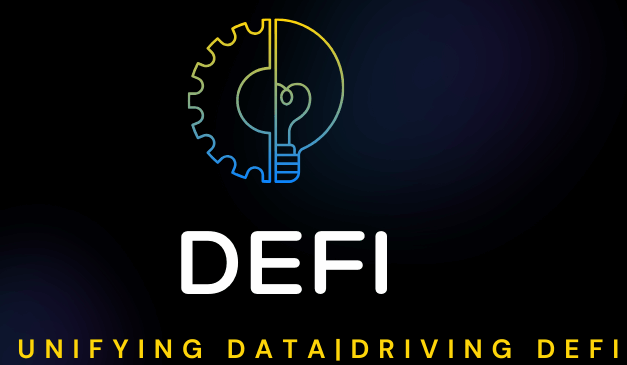

 English
English 